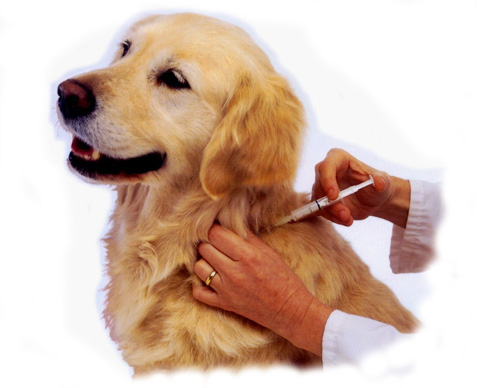What is Canine leishmaniasis?
This is a serious parasitic disease in dogs caused by a parasite (microscopic protozoan) called Leishmania.
What are the most common symptoms?
The first most common clinical symptom is hair loss, especially around the eyes, ears and nose. As the disease progresses, the dog loses weight but not lose its appetite. Common signs are skin wounds, especially on the head and legs in the areas where the dog is in contact with the ground to lie down or sit. When the clinical profile is chronic, it becomes complicated by observing symptoms related to renal failure in many cases.
Where is leishmaniasis in Spain?
In Spain the most affected regions are: Aragon, Catalonia, Madrid, Baleares, Valencia, Murcia, Andalusia, Castilla-La Mancha, Extremadura, Castilla y León. It is observed in other regions but with less intensity.
What is the period of risk?
Mosquito season begins with the hot weather, usually in May and ends in September or October if the summer continues. Mosquitoes remain during the winter in a state of quaternary larvae. In warmer areas of Spain mosquitoes are found almost all year.
What is the risk of getting the disease?
If your dog does not receive any protection, the risk varies from 3% to 18%. The risk increases if your dog always remains more in rural and peri-urban areas, in warmer regions of the country and if they are away from home at dusk.
Questions about the parasite
What types of leishmania are there?
Together several different species of the genus Leishmania, Leishmania tropica, major, differ infantum. Within each species types are defined (“zymodemes”), which show minimal differences between them.
What types of leishmania exist in Spain?
In Spain there is only the Leishmania infantum.
What is the life cycle of the parasite?
In dogs, the parasite lives in a special type of white blood cells (macrophages) from the blood, skin and internal organs, also found in bone marrow, joints and even in the Central Nervous System.
When a mosquito (sandfly) bites an infected dog, takes parasites (leishmania) from the blood of its skin. In the mosquito’s stomach the infected cells rupture and parasites, which are released, change their shape and become elongated. These elongated shapes float in the stomach contents and adhere to the intestinal wall. They reproduce by binary fission, and in a few days, the mosquito’s stomach is full of parasites. When the female returns to bite, the parasites enter through the skin in dogs. A tiny skin lesion (called inoculation chancre) at the point of pitting appears, usually in the nose or ear. There, the parasite colonizes macrophages and undergoes a morphological change to its original round shape. As the chancre disappears slowly, the parasites spread through the blood to other internal organs.






